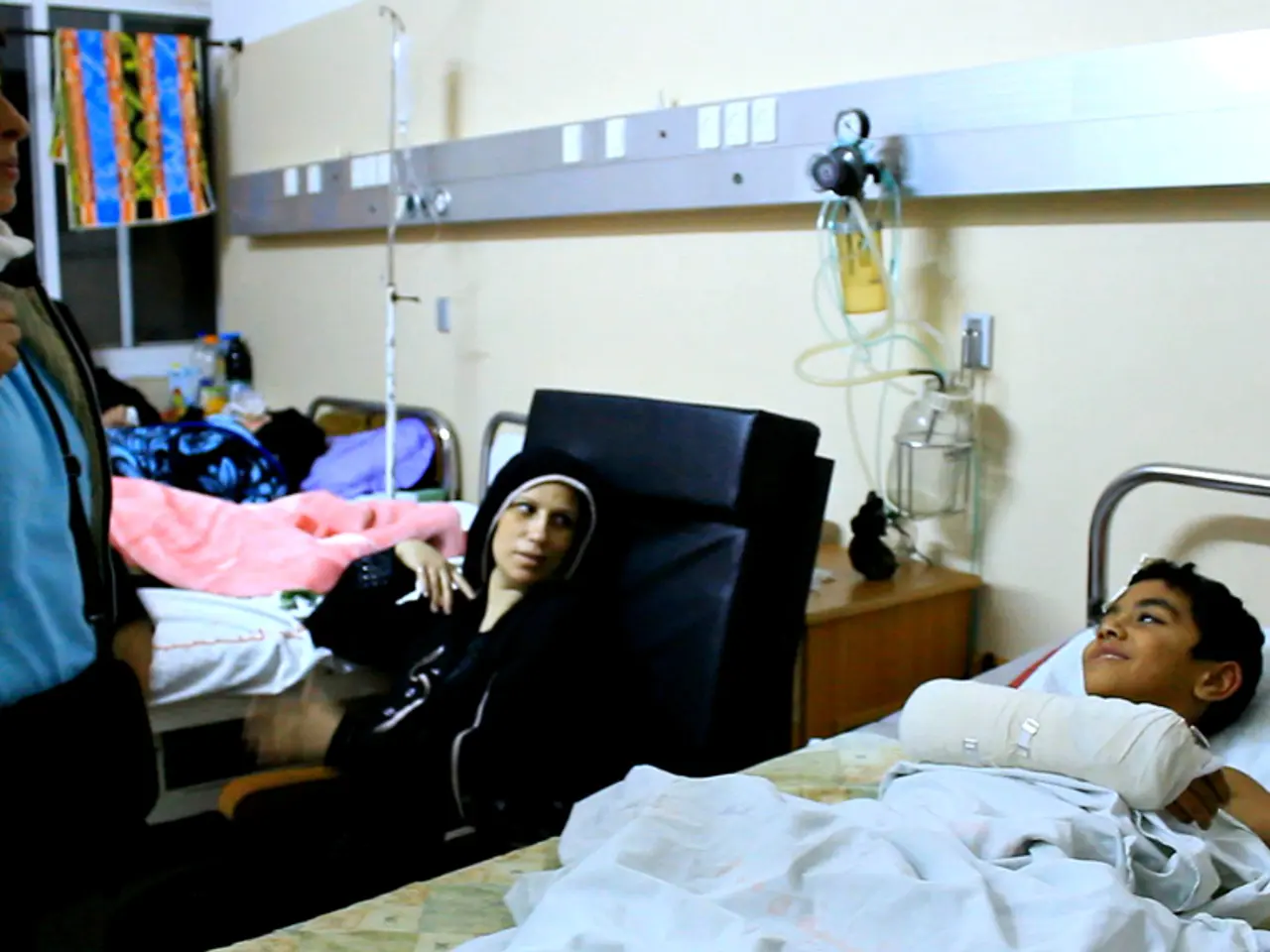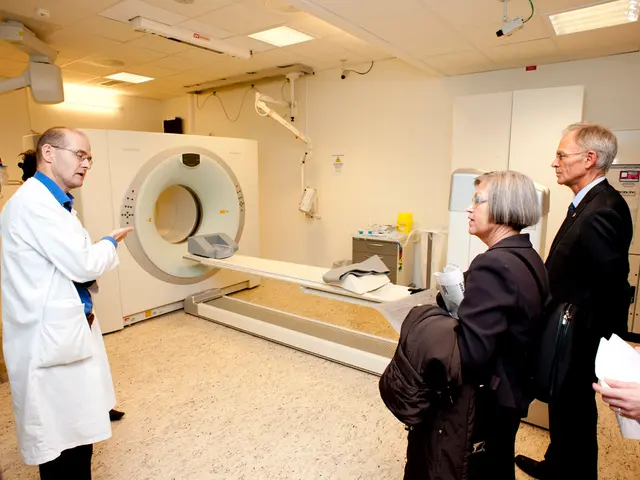Strained Capacity of Medical Schools Struggling to Accommodate Shortage of Physicians
Germany Faces Shortage of Medical Study Places, New University Offers Hope
In an effort to address the growing shortage of medical professionals, the Medical University of Lausitz is set to commence operations in the winter semester of 2026/27 in Brandenburg. However, the issue of insufficient medical study places is a pressing concern in many regions, as highlighted by the Social Association SoVD.
Despite a 30% increase in the number of people studying medicine since 1995, according to the Patient Protection Foundation, the demand for doctors continues to outstrip supply. This is largely due to the rise in part-time work in hospitals, as reported by various sources.
Currently, Brandenburg, along with Bremen, does not have a state-funded medical study program in operation. The first state-funded medical study at the Medical University of Lusatia in Brandenburg is planned for 2026. Other federal states without state-funded medical studies were not specifically mentioned in the current search results.
Medical studies are one of the most popular subjects among students in Germany, yet securing a place is particularly challenging. In the winter semester 2024/25, around 10,000 first-year students managed to secure a medical study place, while about 20,000 applicants were unsuccessful.
The Center for Higher Education Development (CHE) has identified a significant shortage of medical study places in Germany. The states providing more medical study places are reported to benefit from better medical care, according to a CHE study. However, the addition of students studying medicine abroad does not seem to alleviate the shortage.
Interestingly, the states of Saarland and Mecklenburg-Vorpommern have the highest number of medical study places per capita, with 29 and 26 places per 100,000 inhabitants, respectively. Saxony-Anhalt, Hamburg, Hesse, and Berlin also have a relatively high number of medical study places per capita. North Rhine-Westphalia, Baden-Württemberg, and Thuringia hold a medium position with 13 medical study places per 100,000 inhabitants.
It's worth noting that around 65% of the approximately 113,000 medical students are female, with the proportion of women among first-year students increasing. The part-time quota for men in hospitals has risen from 20 to 29% in the last ten years, and for women from 33 to 42%.
Private universities offer around 1,500 places for medical students each year, according to the CHE. The annual running costs per person in the field of human medicine/health sciences are approximately 25,000 euros, as reported by the Federal Statistical Office.
The Medical University of Lausitz's entry into Brandenburg is a step towards addressing the shortage of medical professionals in the region. Whether it will be enough to meet the nationwide demand remains to be seen.
Read also:
- Overcoming Yielding Regulations Hurdles in Indian Export Sector for EU Markets
- Shaping production and consumption tendencies via cosmetic certification
- Health care professionals targeted in a shooting incidents, a pattern of hostile actions against health workers continues to unfold, with many observing this trend as unremarkable.
- Transgender individuals' journey towards aligning their gender identity: Key aspects








